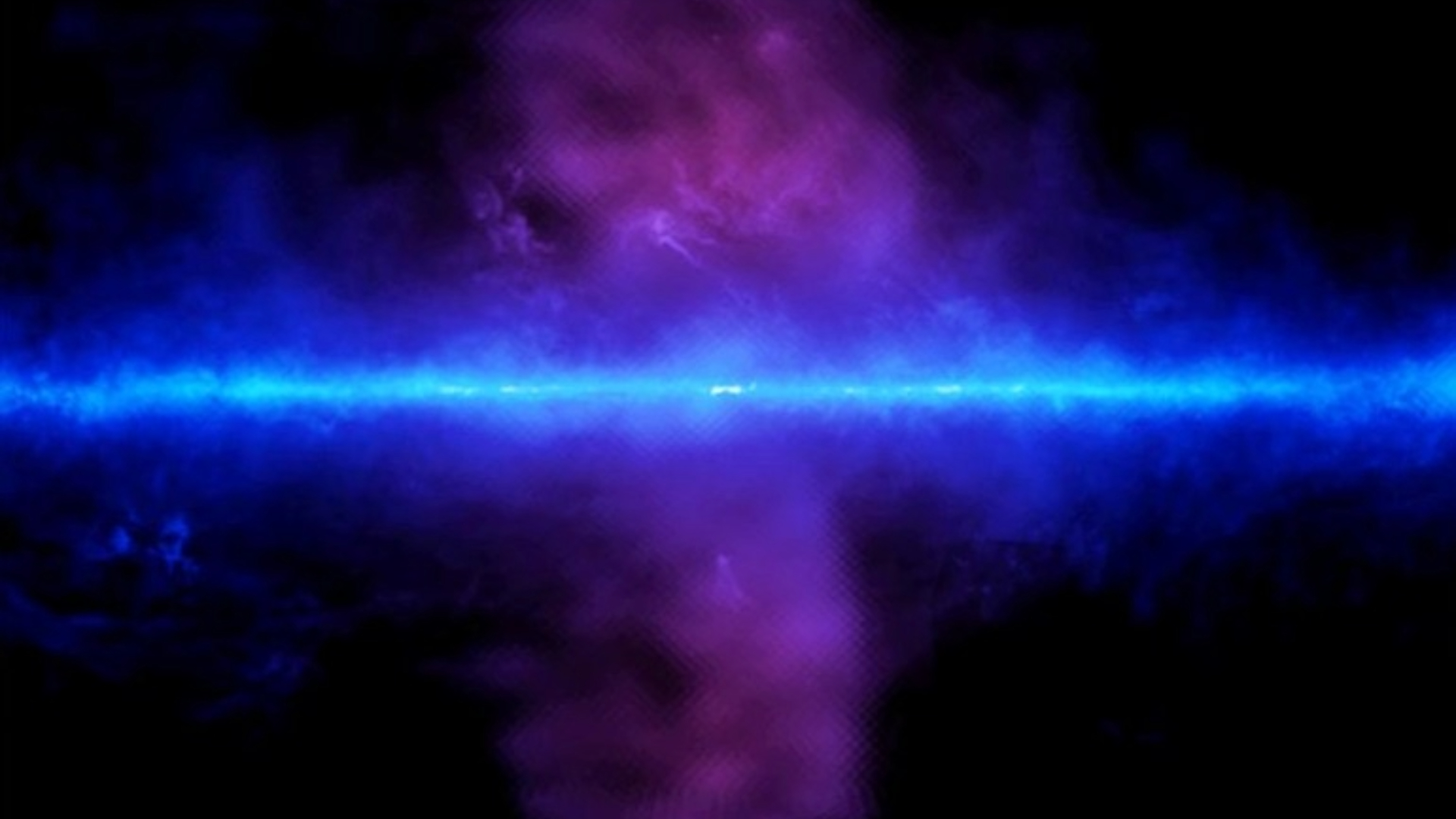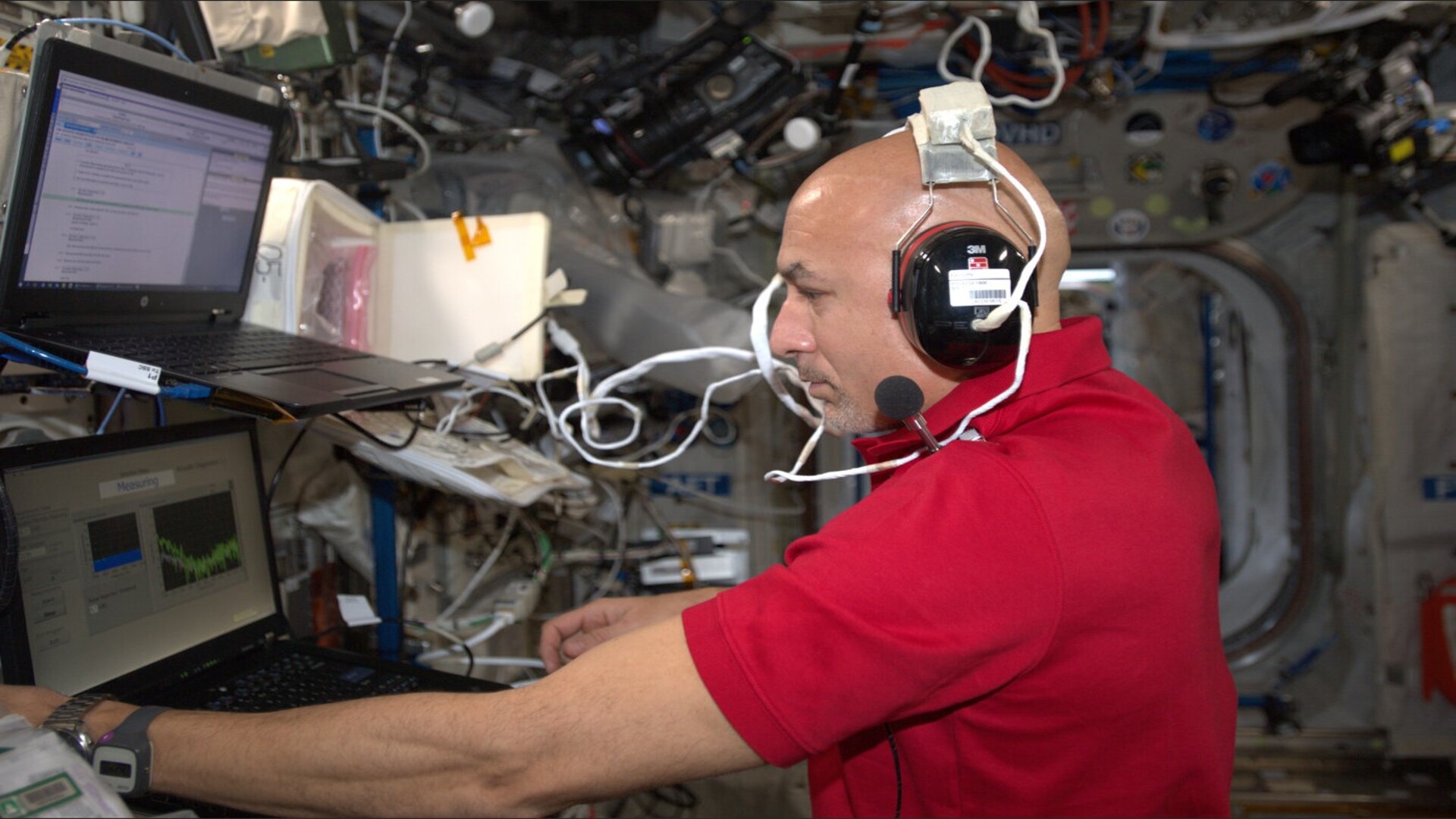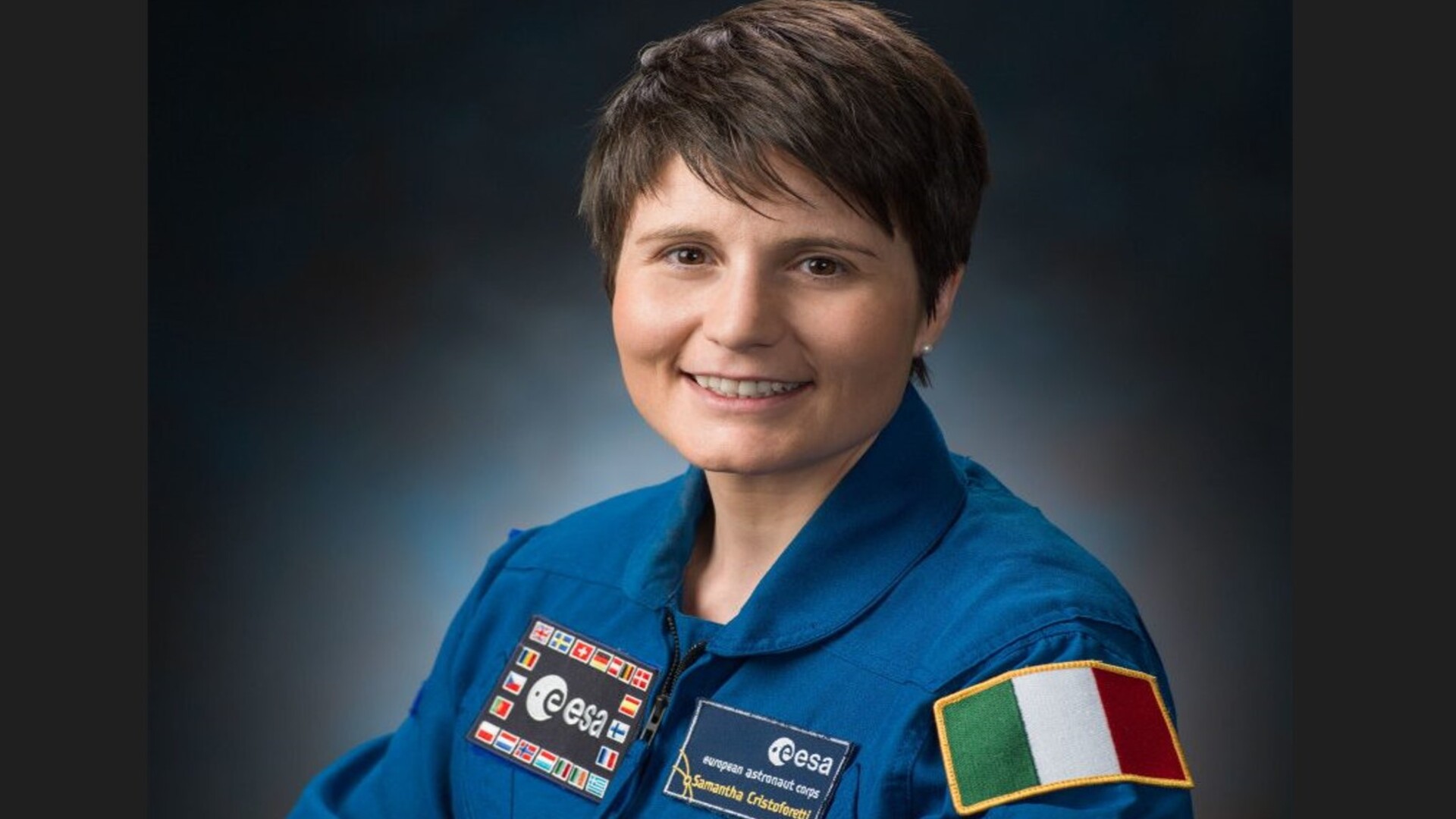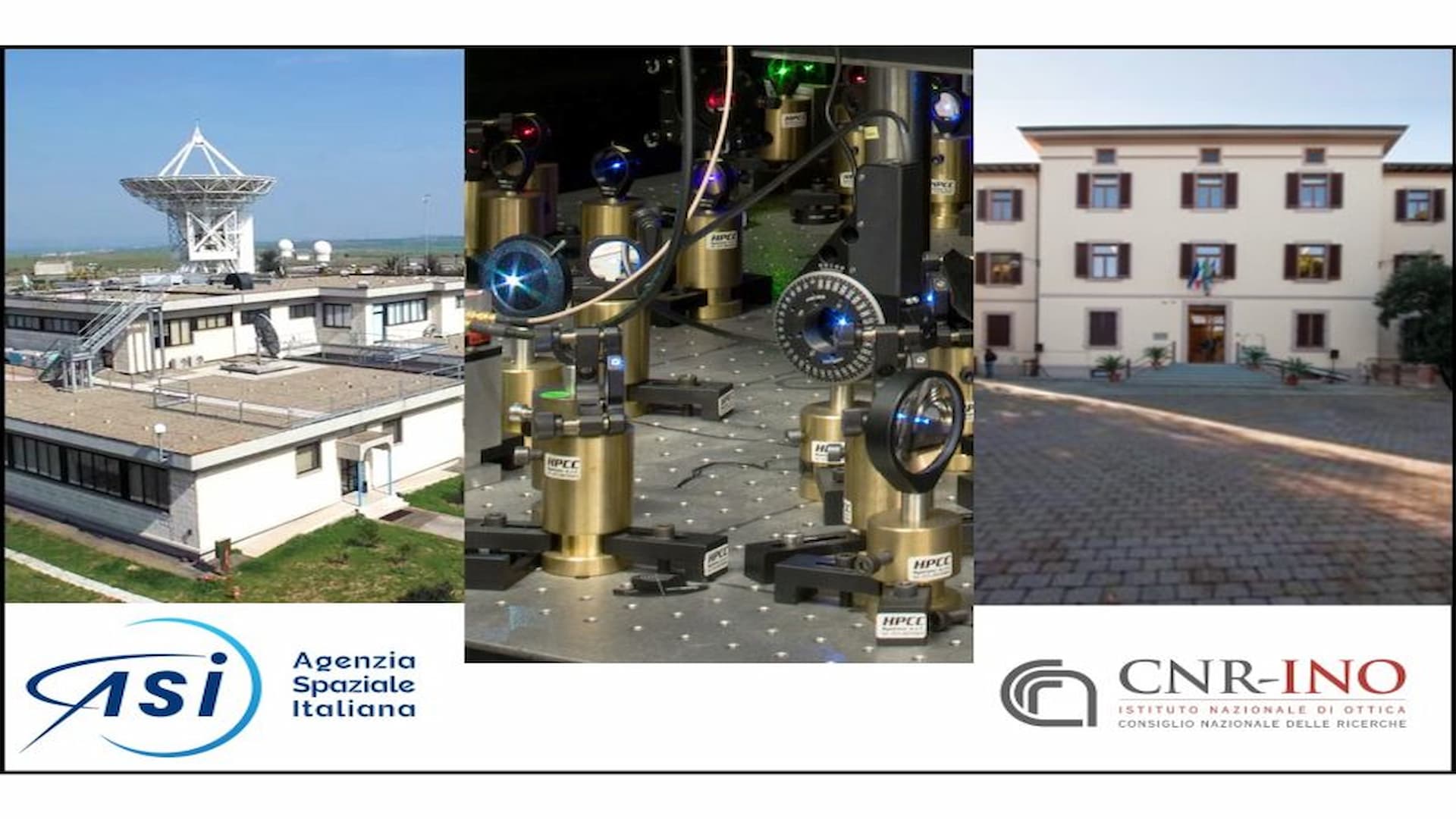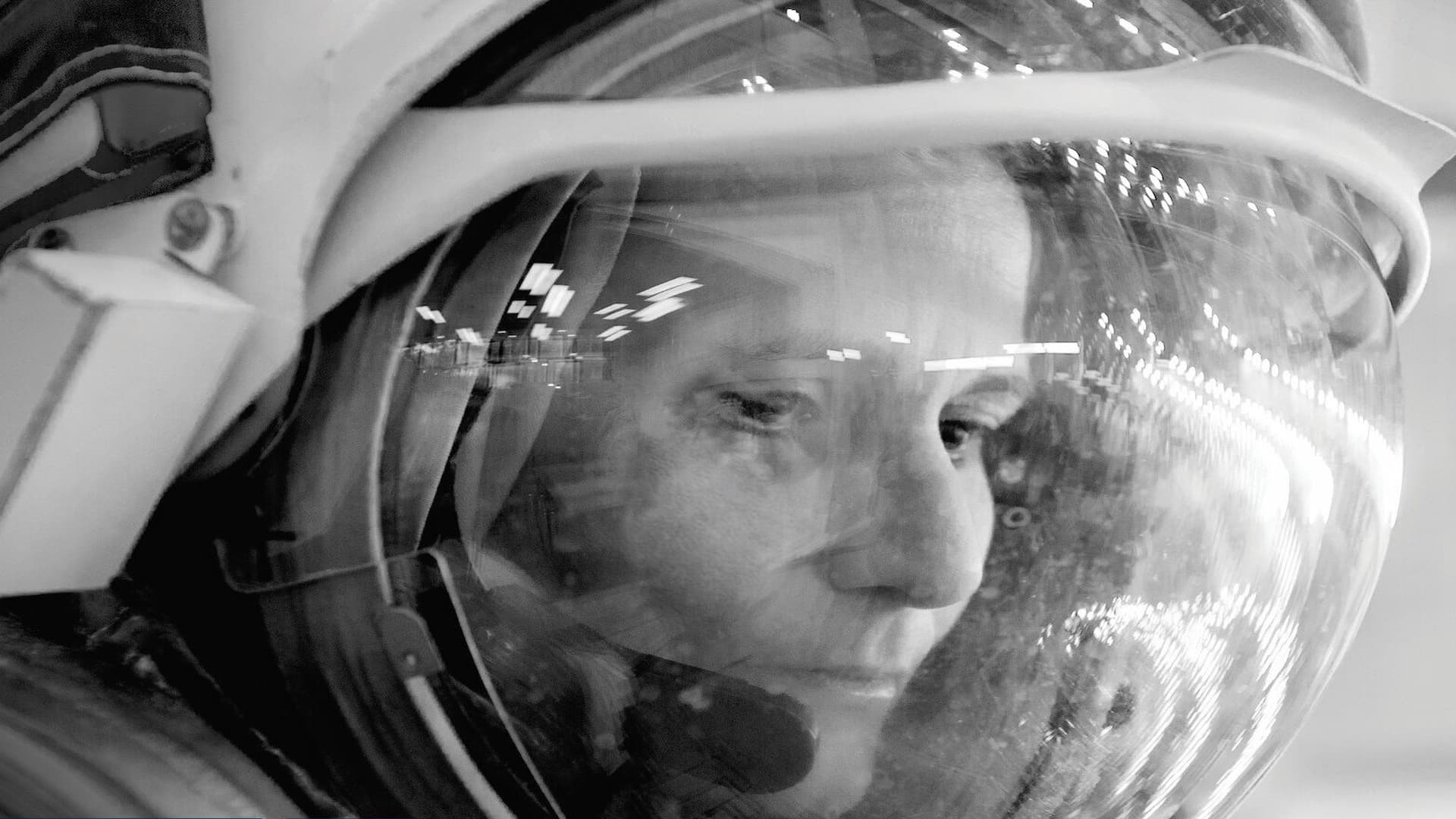One of the main problems for astronauts exposed to long-duration space flight is the exposure to ionizing radiation and the consequent oxidative stress. One of the organs affected by ionizing radiation is the human retina. Moreover, the continuous changes in light due to the movement of the International Space Station (ISS) can lead astronauts to experience various dawns and sunsets over 24 hours. These phenomena cause troubles and difficulties in maintaining the rhythm of sleeping.
Eyespots and Macular Pigments Extracted from Algal Organisms Immobilized in Organic Matrix with the Purpose to Protect Astronaut’s Retina (Night Vision) is a study on the response of microalgae strains (that contain eye spots similar to the human retina) to space radiation in order to obtain results applicable to future nutrition programs for astronauts.
Lutein (substance found in vegetables that protects against cell damage) and zeaxanthin (substance usually found in yellow/orange fruits and vegetables, as well as egg yolks) are the pigments present in both the macula and lens of the human eye which are also referred to as macular pigments (MPs). They belong to the family of xanthophylls (yellow and orange pigments found in plants, animal fats and egg yolks) which are oxidized derivatives of carotenes, including several compounds. Both carotenes and xanthophylls belong to a class of polyisoprenoids (synthetic molecules). MPs’ effects on the human body include the improvement of visual function, and the protection from photo-induced damage, as they act as filters for blue light and shield short-wave radiation.
Epidemiological studies have shown a strong correlation between the levels of lutein and zeaxanthin in eye tissues, serum and blood plasma, with a reduced incidence of oxidative stress associated with age and macular degeneration pigment. MPs cannot be synthesized by the organism and must be introduced via the diet. There are other xanthophylls that also play an important role in protecting visual apparatus. The unicellular alga Chlamydomonas reinhardtii possess only one chloroplast that is in contact with an orange organelle called eyespot; similar to the human retina. As the human retina, the algal eyespot presents macular pigments involved in perception of light and a similar organization. Other algae with similar eyespots include Chlamydomonas nivalis and Haematococcus pluvialis.
This project proposes the study of resistance to ionizing radiation of algae and Chlamydomonas reinhardtii genetic mutants that accumulate various quantities of macular pigments in the eyespots. The extracts of eyespots will also evaluated for their antioxidant protective function and possible future utilization in future space missions nutrition programs.


